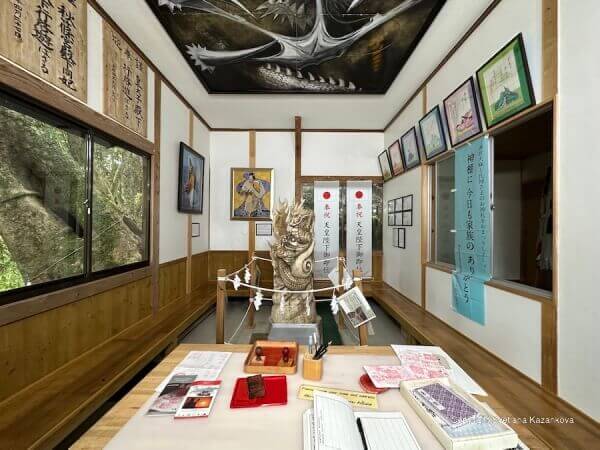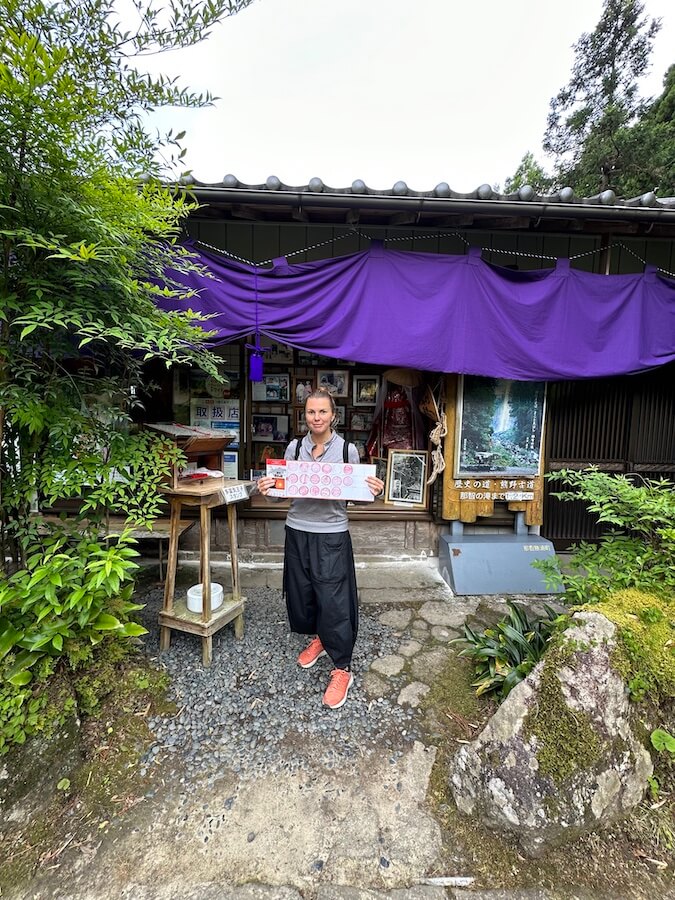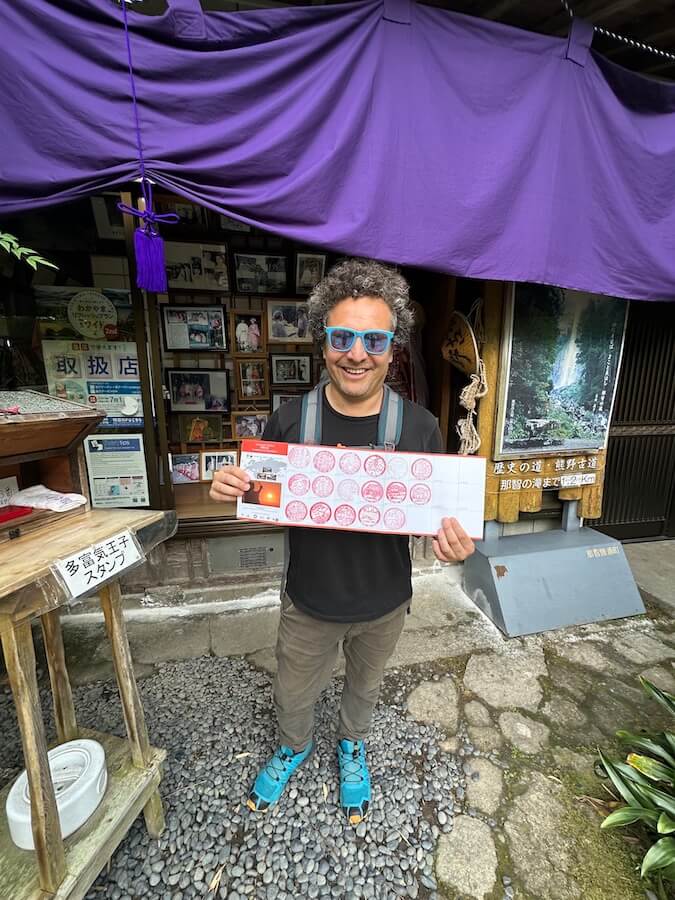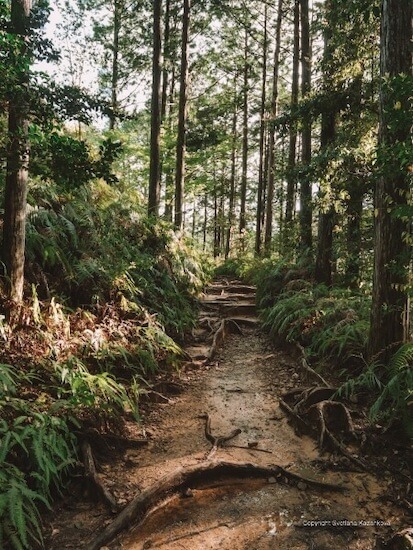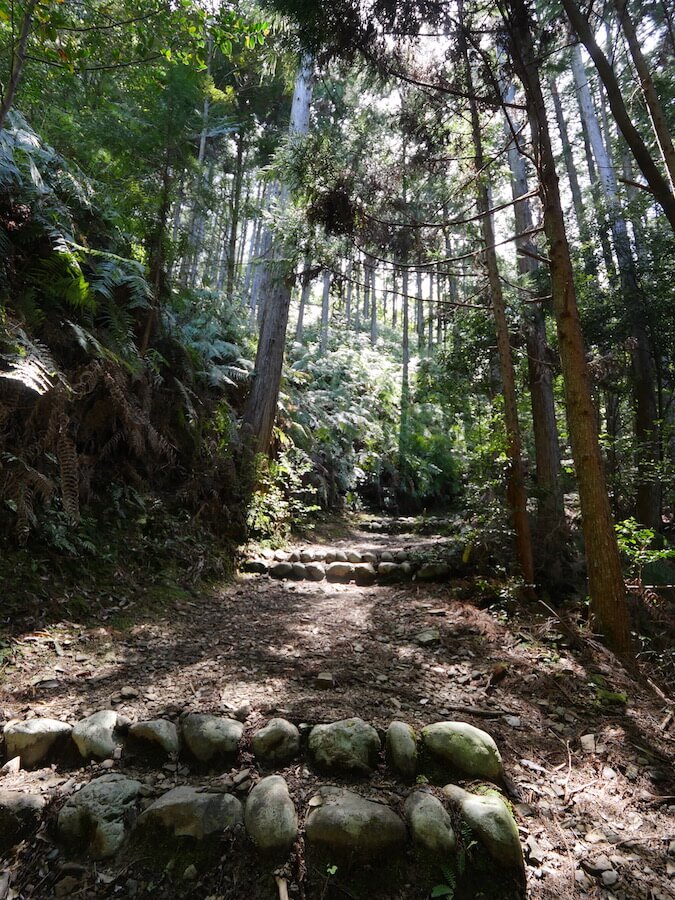Kumano Kodo:
Japan's Spiritual Trail of Tranquility
where the past intertwines seamlessly with the present
Kumano Kodo:
Japan's Spiritual Trail of Tranquility
where the past intertwines seamlessly with the present
Nestled in the heart of Japan's verdant Kii Peninsula, Kumano Kodo is an ancient network of pilgrimage routes that have been trekked for over a millennium. This historic trail weaves through dense forests, serene villages, and sacred shrines, offering travelers a unique opportunity to explore Japan's spiritual and natural heritage. In this article, we will guide you through how to arrive, hike, where to stay, and provide insights into the rich history and culture of the Kumano Kodo.
History and Culture
The Kumano Kodo has been a pilgrimage route for over a thousand years. Emperors, samurai, and commoners have all ventured along its trails, seeking spiritual enlightenment and cleansing of the soul. The Kumano region is deeply intertwined with Shugendo, an indigenous Japanese mountain worship practice, and Shingon Buddhism.
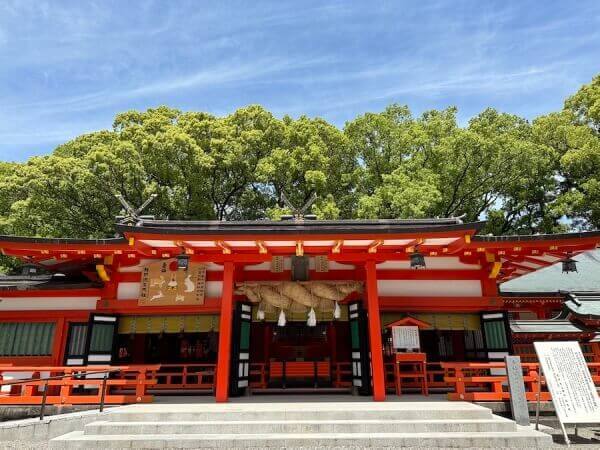
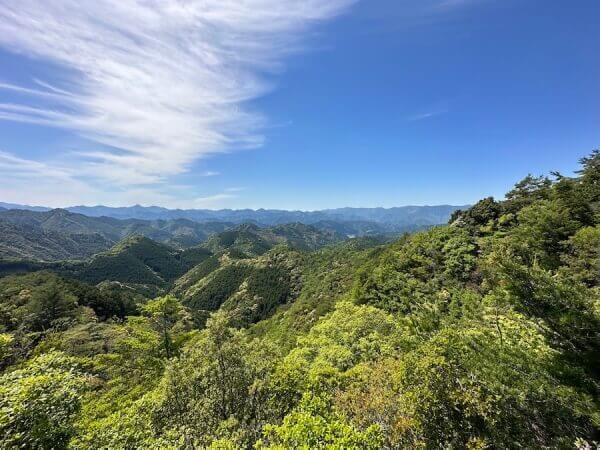
Shugendō
Shugendō (lit. the "Way [of] Trial [and] Practice") is a syncretic religion, a body of ascetic practices that originated in the Nara Period of Japan having evolved during the 7th century from an amalgamation of beliefs, philosophies, doctrines and ritual systems drawn from local folk-religious practices, Shinto mountain worship and Buddhism. The final purpose of Shugendō is for practitioners to find supernatural power and save themselves and the masses by conducting religious training while treading through steep mountain ranges. [Wikipedia]
Three Grand Shrines: The Kumano Sanzan, comprised of Kumano Hongu Taisha, Kumano Nachi Taisha, and Kumano Hayatama Taisha, are the main shrines of the Kumano Kodo pilgrimage. These shrines are powerful centers of Shugendo.

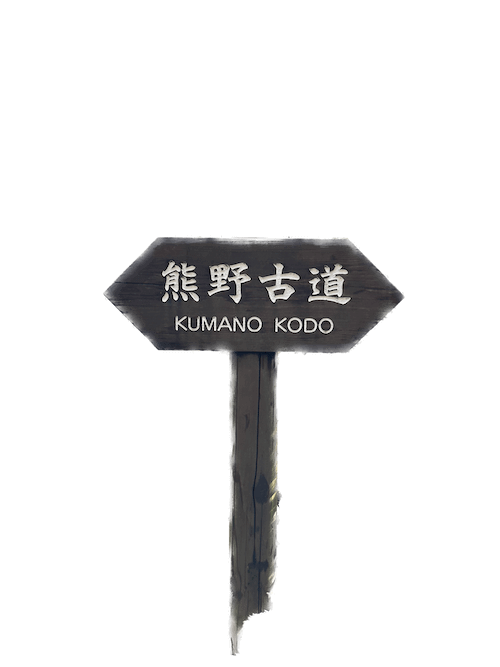
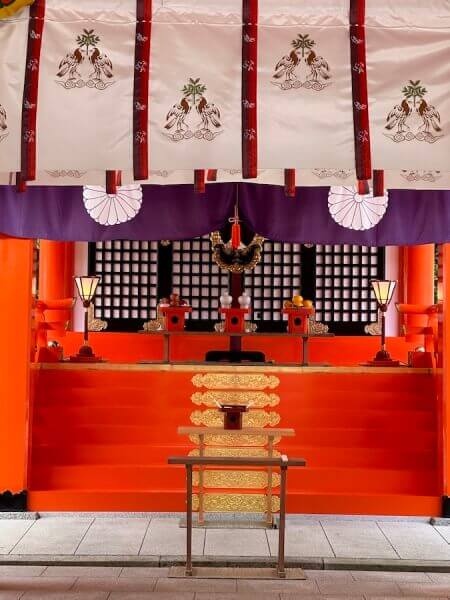
Shugendō
Shugendō (lit. the "Way [of] Trial [and] Practice") is a syncretic religion, a body of ascetic practices that originated in the Nara Period of Japan having evolved during the 7th century from an amalgamation of beliefs, philosophies, doctrines and ritual systems drawn from local folk-religious practices, Shinto mountain worship and Buddhism. The final purpose of Shugendō is for practitioners to find supernatural power and save themselves and the masses by conducting religious training while treading through steep mountain ranges. [Wikipedia]
Three Grand Shrines: The Kumano Sanzan, comprised of Kumano Hongu Taisha, Kumano Nachi Taisha, and Kumano Hayatama Taisha, are the main shrines of the Kumano Kodo pilgrimage. These shrines are powerful centers of Shugendo.


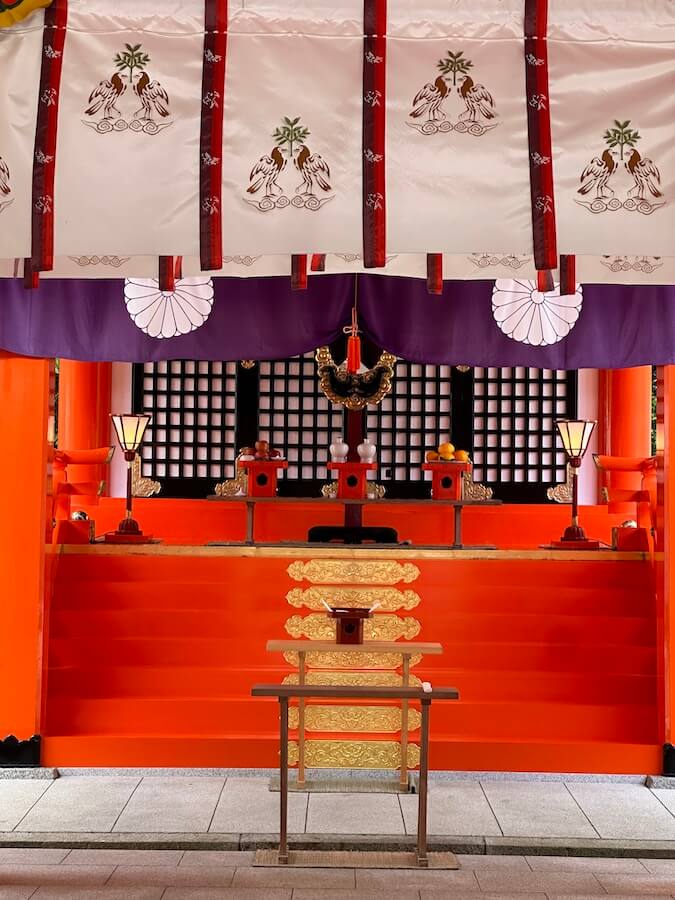
Kumano Hongu Taisha serves as a spiritual gateway to the Kumano Kodo pilgrimage. Many pilgrims choose to start their journey here. The shrine’s magnificent torii gate, known as Otorii, marks the entrance to this sacred site and the beginning of their spiritual quest.
Kumano Hongu Taisha’s history is deeply intertwined with the Kumano Kodo pilgrimage. This pilgrimage network, spanning through the dense forests and villages of the Kii Peninsula, has been a path of devotion and self-discovery for pilgrims, emperors, and commoners alike since the Heian period (794-1185). Kumano Hongu Taisha was, and still is, a crucial destination on this sacred journey.
The Otorii gate of Kumano Hongu Taisha is an iconic symbol of the shrine. It stands proudly in the shallow waters of the Kumano River, an awe-inspiring testament to human devotion and nature’s beauty. The current gate, rebuilt periodically over the centuries, is the fourth iteration and measures 33 meters in height.
Kumano Hongu Taisha is dedicated to Kumano Gongen, a deity that embodies the harmony between Shinto and Buddhist beliefs. The site is an embodiment of syncretism, where the line between these two spiritual traditions becomes beautifully blurred. Visitors can explore the main shrine and pay their respects to Kumano Gongen, experiencing the shrine’s serene and spiritual ambiance.
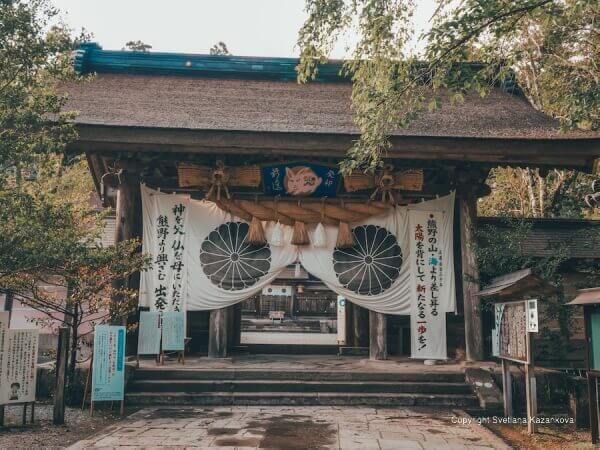
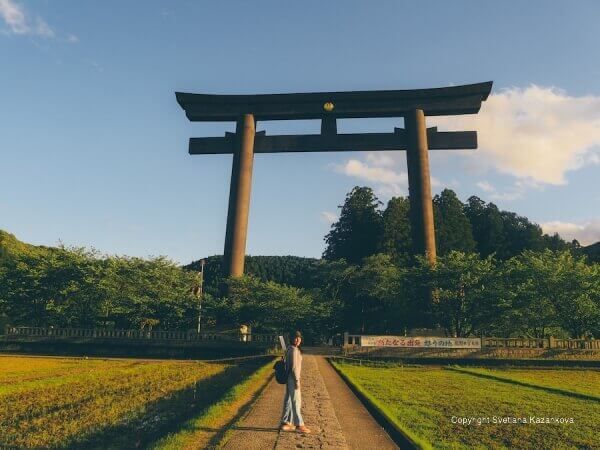
Hiking Kumano Kodo
Kumano Kodo offers a variety of routes, but the Nakahechi is the most popular. It's well-marked and provides a fantastic blend of nature, spirituality, and cultural encounters.
Hike at Your Own Pace: The Nakahechi route can be tailored to your abilities. Some choose to tackle the whole journey over several days, while others opt for day hikes to visit key sites.
Sacred Landscapes: Expect to encounter thick forests, mountain streams, and moss-covered stone staircases. The natural beauty along the way is awe-inspiring and spiritually rejuvenating.
Cultural Encounters: Pass through traditional villages, where you can rest at charming teahouses and visit ancient shrines. You may even have the opportunity to participate in local ceremonies.
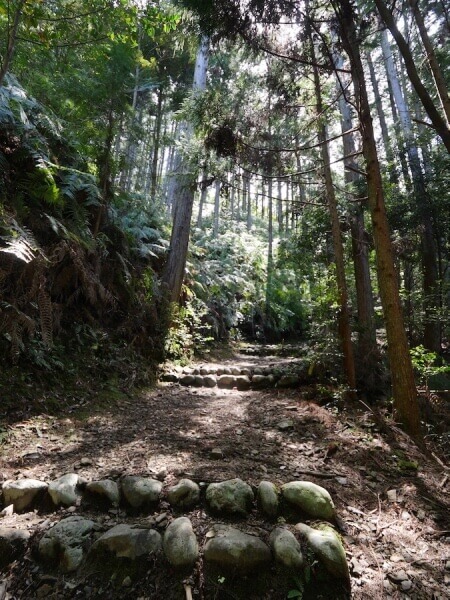
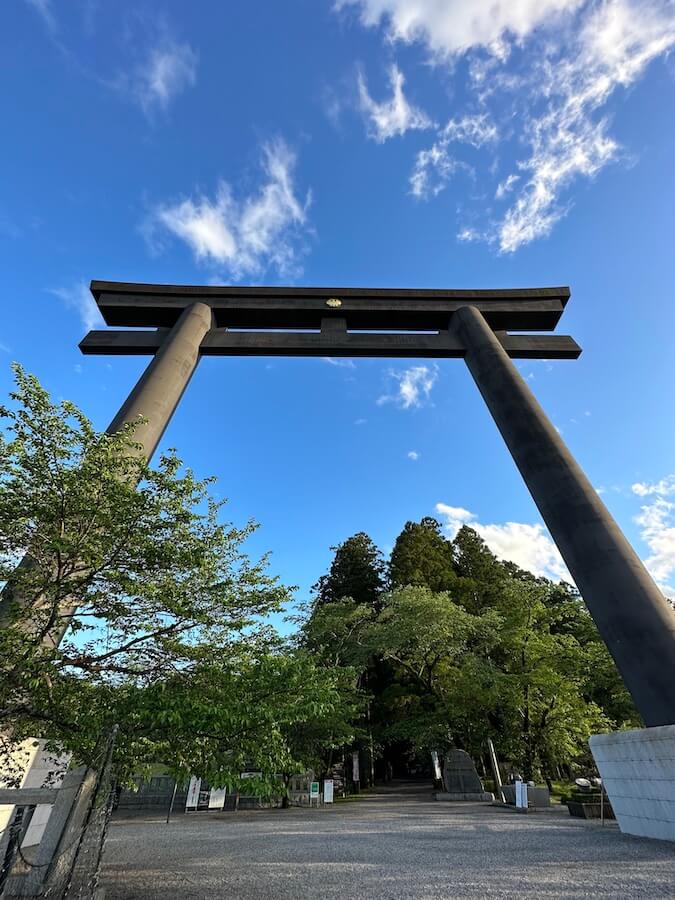
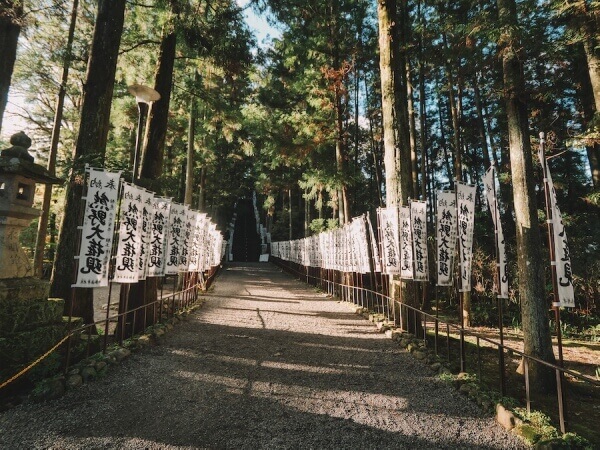
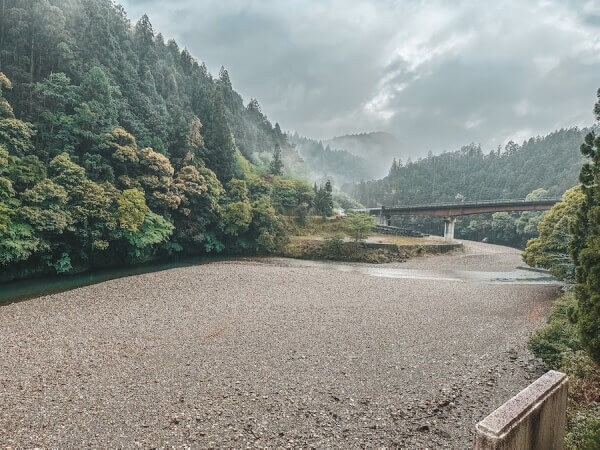
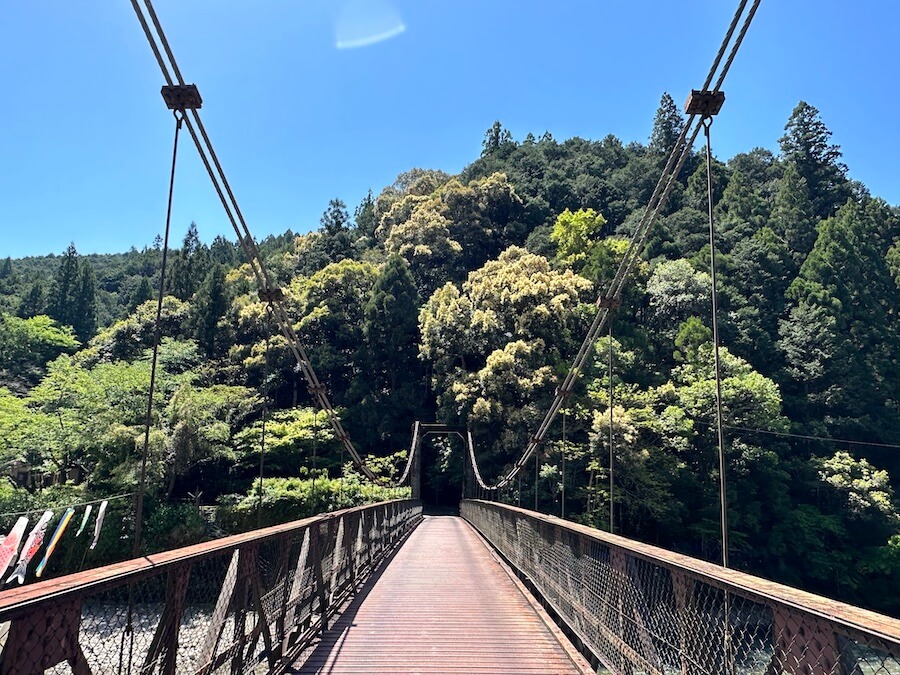
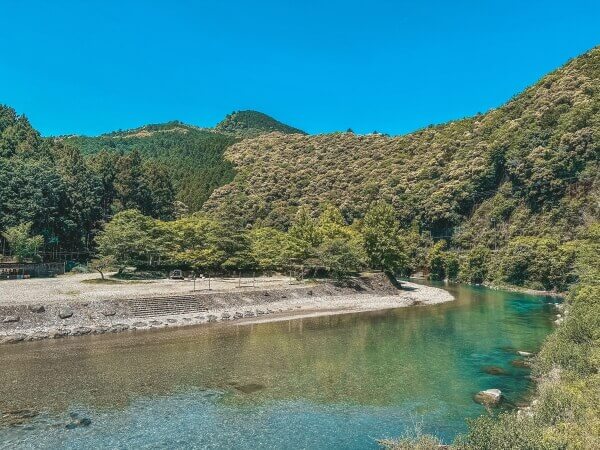
Where Nature and Spirituality Converge
Nestled in the breathtaking landscapes of the Kii Peninsula in Japan, Kumano Nachi Taisha is one of the three grand shrines that grace the Kumano Kodo pilgrimage routes. Surrounded by lush forests, cascading waterfalls, and serene mountains, this sacred site holds a profound connection between nature and spirituality. Let’s explore the deep-rooted history and the harmonious blend of faith and natural beauty at Kumano Nachi Taisha.
What sets Kumano Nachi Taisha apart is its breathtaking setting at the base of the Nachi Waterfall (Nachi no Taki), Japan’s tallest waterfall. This mesmerizing cascade plunges from a height of 133 meters (436 feet), creating a thunderous roar that reverberates through the surrounding forest.
Nachi Waterfall holds profound spiritual significance. It is not only a breathtaking natural wonder but also a powerful symbol of purity and the sacred. For centuries, rituals and ceremonies have been conducted here, offering visitors a chance to connect with the awe-inspiring power of nature.
Upon arrival, visitors can explore the main shrine and surrounding structures. You’ll have the opportunity to take part in rituals, make offerings, and experience the tranquil ambiance that permeates this sacred place. The visit is a chance to reconnect with nature, feel the spiritual energy of the Kumano region, and experience the unique blend of Shinto and Buddhist traditions.
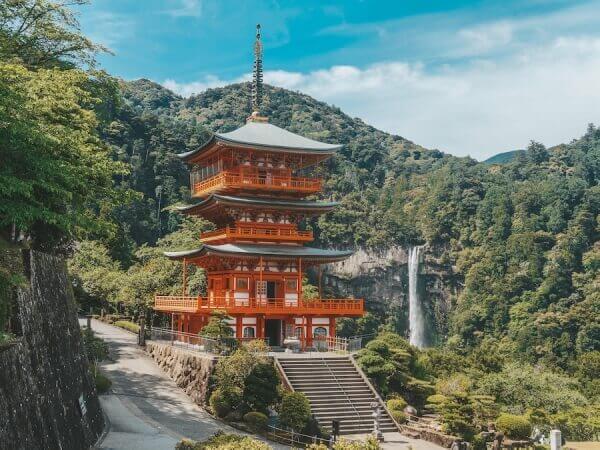
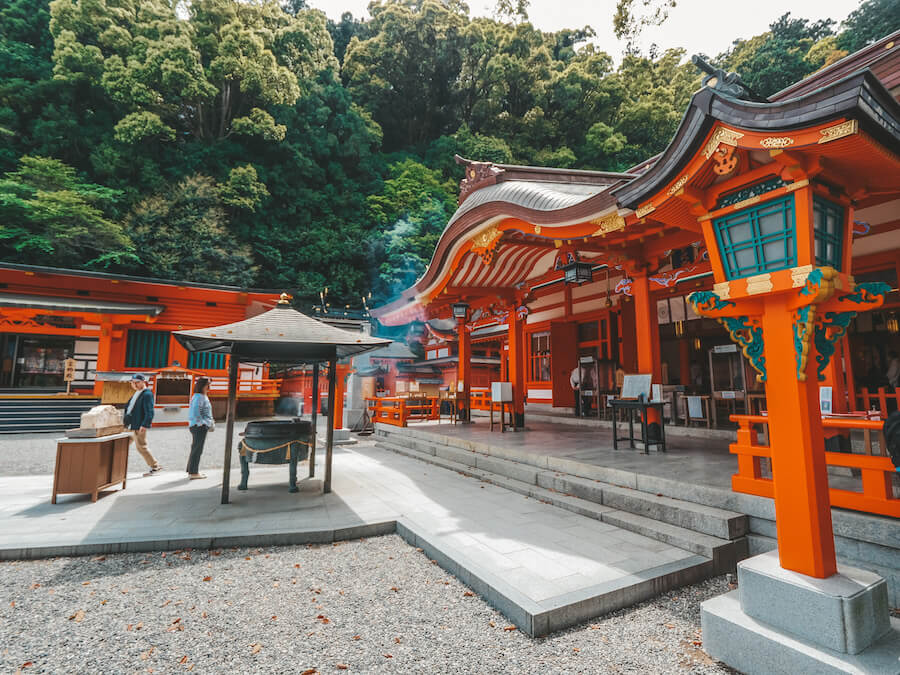
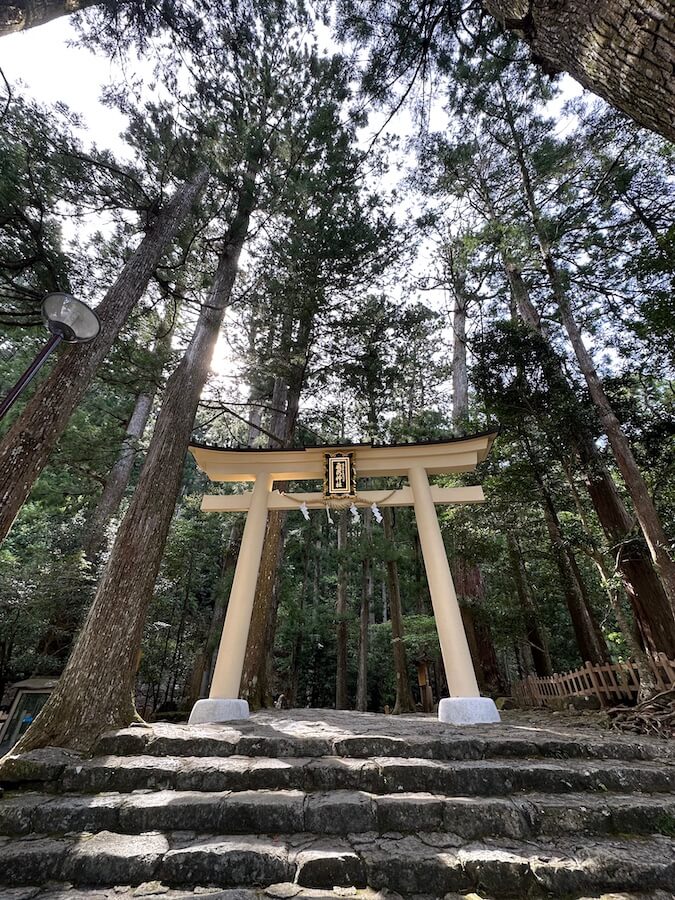
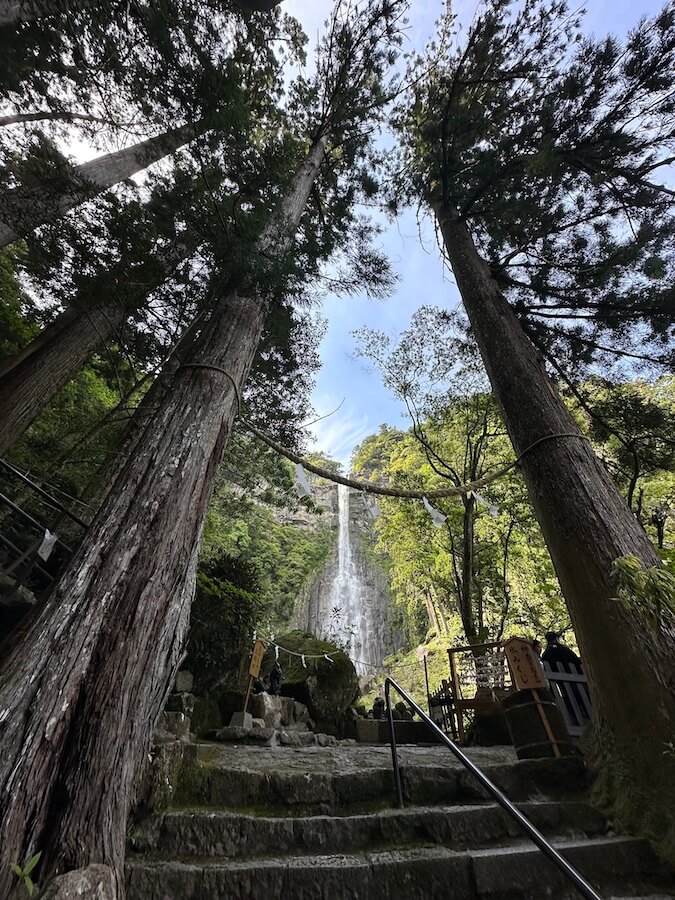
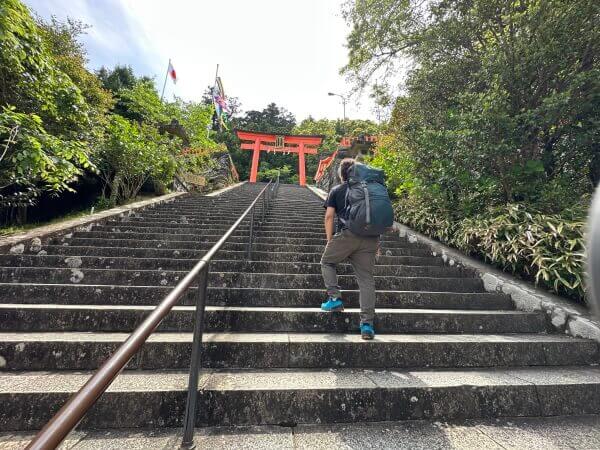
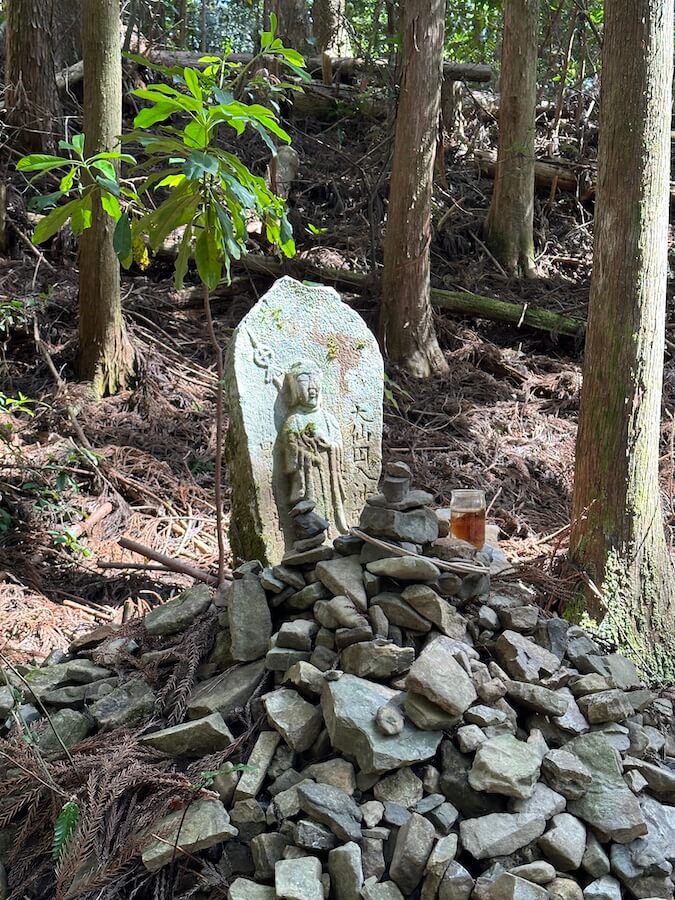
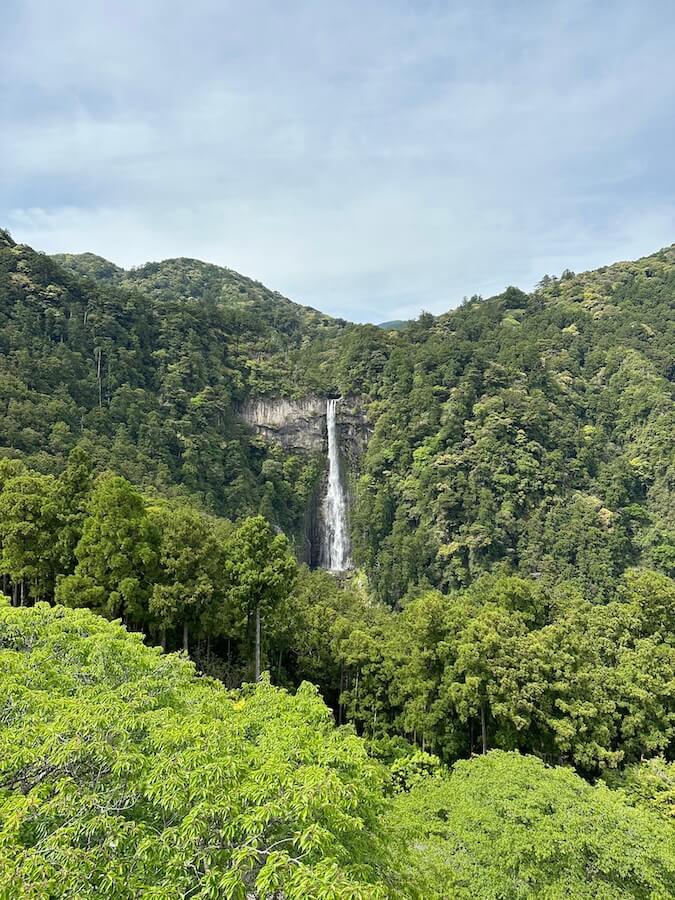
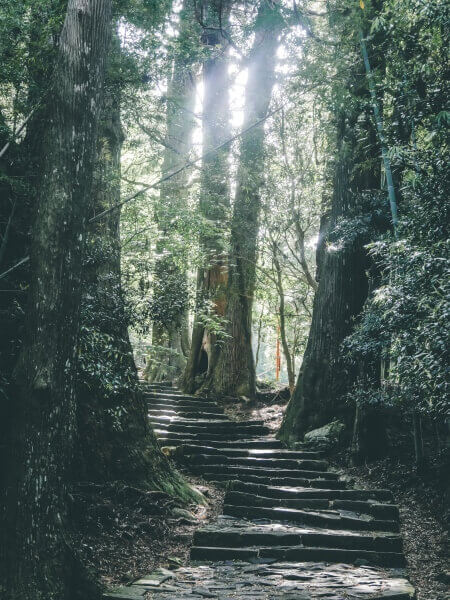
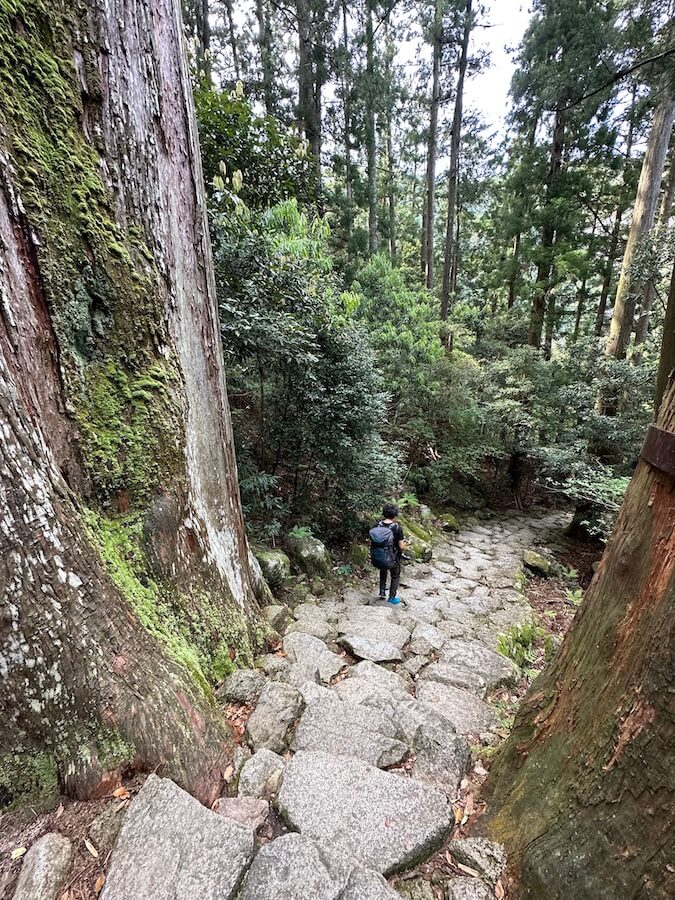
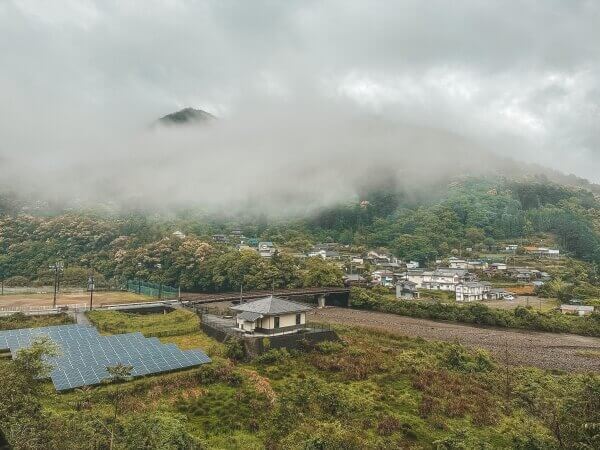
In the heart of the mystical Kii Peninsula in Japan, Kumano Hayatama Taisha stands as one of the three grand shrines of the revered Kumano Kodo pilgrimage network. Perched at the confluence of the ocean and sacred Kumano River, this shrine carries a unique blend of spirituality, nature, and history.
The location of Kumano Hayatama Taisha by the Pacific Ocean is a testament to the shrine’s harmonious connection with nature. This sacred site invites pilgrims to contemplate the sea’s vastness and the serenity of the river, offering a sense of profound spiritual reflection.
The shrine is graced by various structures, each with its own significance. Notable among them are the Yatadera Temple and the Kamikura Jinja, a shrine perched on a precipitous rock, accessible via a stone staircase that winds its way up to the rock formation.
One of the defining features of Kumano Hayatama Taisha is the spectacular crossing of the Kumano River. Pilgrims traditionally used the sacred Nagi no Watashi boat to reach the shrine. This ritual river crossing became a symbol of purification and spiritual transition.
Within the shrine grounds stands a venerable camphor tree that’s believed to be over 800 years old. This tree is a symbol of longevity, protection, and spiritual significance. Visitors can appreciate its enduring presence and the mysteries it holds.
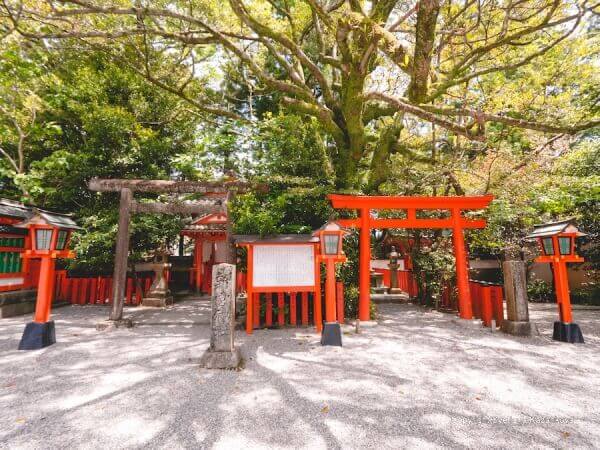
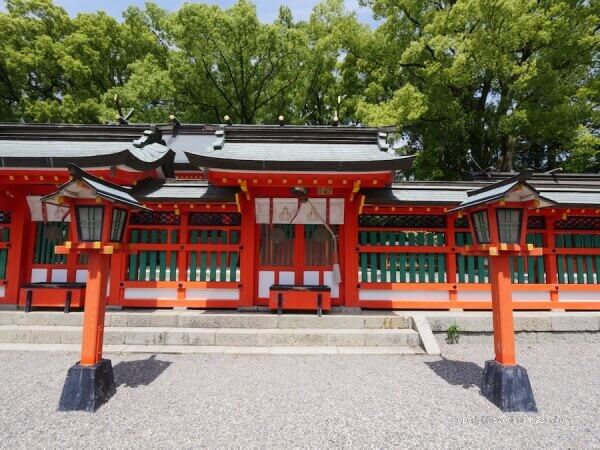
The Kumano Kodo is accessible from several points, but most visitors choose to begin their journey from the coastal town of Tanabe, which serves as a gateway to the pilgrimage.
Here’s how to get there:
- From Osaka: Take a train from Osaka to Kii-Tanabe Station. The scenic journey traverses from urban to rural, preparing you for the tranquility of Kumano Kodo.
- Bus to Takijiri-oji: From Kii-Tanabe Station, catch a bus to Takijiri-oji, the starting point of the Nakahechi pilgrimage route. Here, you’ll receive a warm welcome, and your adventure officially begins.
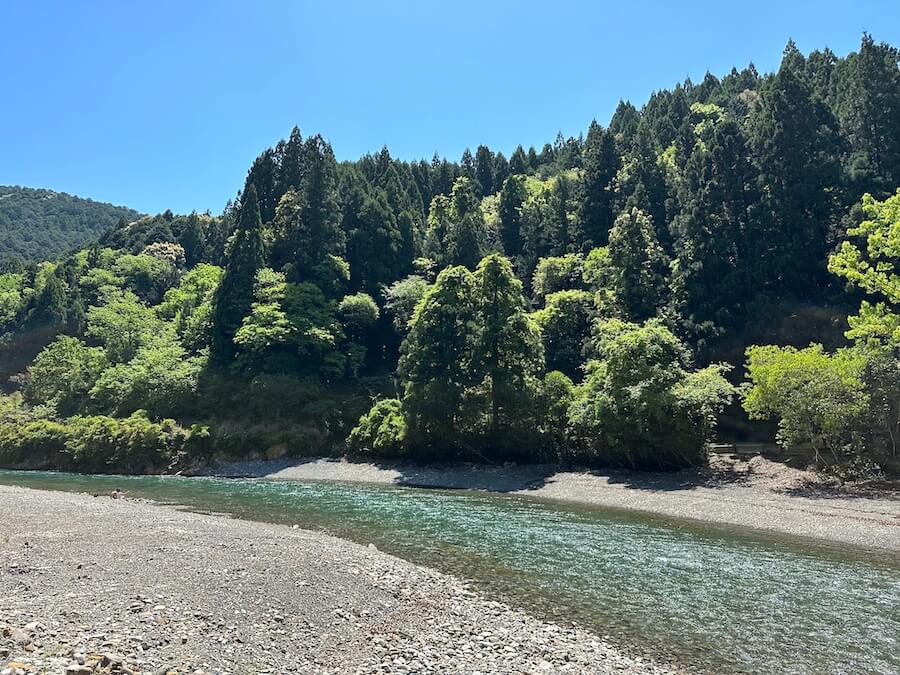
Accomodation
Accommodation options on the Kumano Kodo range from simple guesthouses to more comfortable lodgings.

